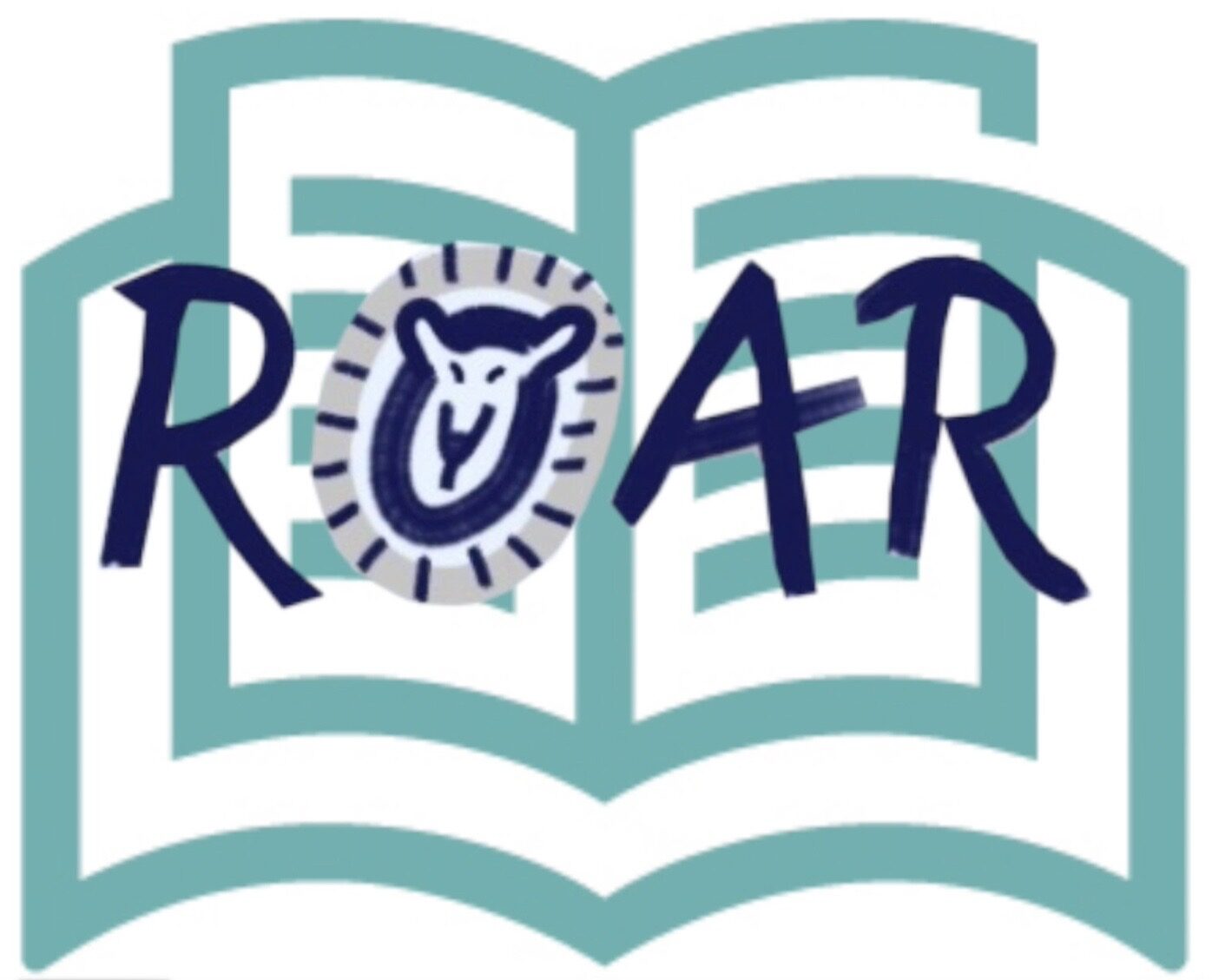Dear #AskaLocalizer,
I am working at a social media company as a localization project manager. The biggest problem at my job is that I am always in a time crunch whenever my team is assigned a new project. I think it is because other teams at the company do not understand our work. Therefore, they usually expect us to submit the project within unreasonably short time frames. This time crunch puts my team under intense pressure. Do you have any advice on how I can educate my stakeholders about what a localization team does for a company?
Sincerely,
Unskilled LPM



Dear Unskilled LPM,
First, your stakeholders should understand what turnaround time is in localization and why it is essential. Turnaround time is the amount of time you need to localize a project. The time starts when you receive a source file from a client. For example, you get a Photoshop poster from a client who wants it localized into another language. In most cases, localization engineers must extract the text from the PDF file if it is not compatible with CAT tools. After the text is uploaded to the CAT tools, the project is assigned to translators, and then reviewers check their work. In general, translators can translate between 1,000 and 2,000 words a day. So, if the source file contains over 5,000 words, it will take at least three days for translation, plus one day for editing! After this, the DTP team extracts the text into a Word or Excel document, then puts it back into the final poster (additional time is needed for making sure the fonts, text length, and layout look natural!). A final reviewer then looks at the completed project. Unlike the editor from earlier, who makes linguistic comments on the translator’s work, this reviewer marks down issues related to formatting problems, such as a line break in an incorrect place. The project will then often need to be sent back to the DTP team to fix any other issues at this stage.
Many stakeholders in your company may have the wrong perception that all it takes is a few clicks on Google Translate to localize something. Our first job is to tell them why it takes so long to localize a project. Instead of doing everything with machine translation, a localization team needs does a lot of work in different stages.
One way we should educate our stakeholders is by telling them about the importance of localizability checks on the FIRST day of getting the asset from a client. Localizability checks are an excellent chance to measure the turnaround time as soon as your team gets the asset. A good localization team can properly execute localizability checks to estimate accurate turnaround time. Your team notes areas that could be potentially mistranslated into another language, possibly due to cultural nuances, before the text is extracted and sent to translators.
How else can we effectively educate our stakeholders? The rule of thumb is to build relationships with your stakeholders and let them know who you are. As mentioned above, localization education to your stakeholders can be done through little conversations every day that get your team members involved. Teams should be encouraged to send projects-in-progress to you as soon as they bump into any cultural nuances, they could need support navigating.
Kick-off meetings, brownbag presentations, informal coffee chats, or daily conversations with folks in the team are always good chances to engage your stakeholders while educating and explaining the risks and repercussions to them.
Kind regards,
#AskaLocalizer
Resources for Advocating on the Professionalism and Expertise Required to do Localization Project Management
- “Localizability and Culture Checks: What They Are and How to Use Them” by Emilia Soto Galindo – In localization industry, many stakeholders out of a localization team may not fully understand this idea. This article clearly explains this important idea and how to educate your stakeholders when you meet a problem like this.
